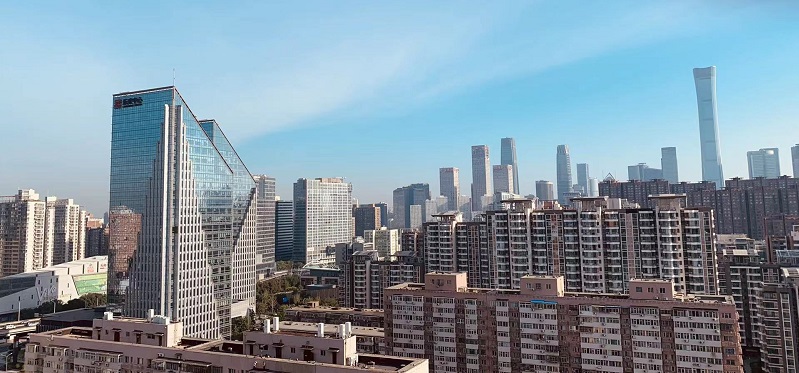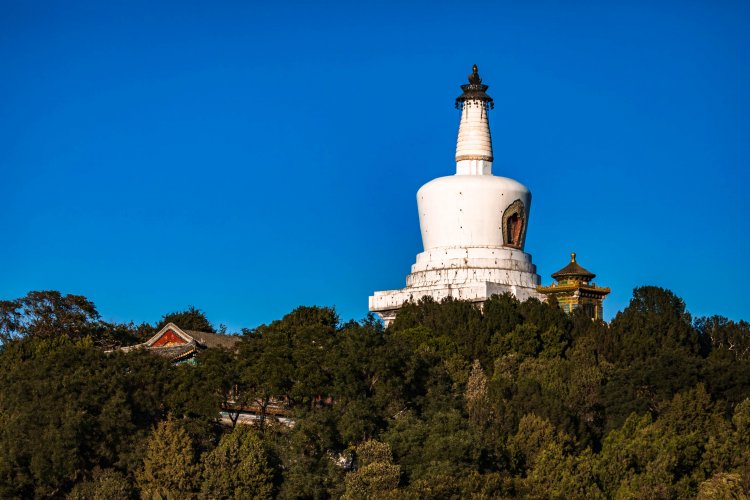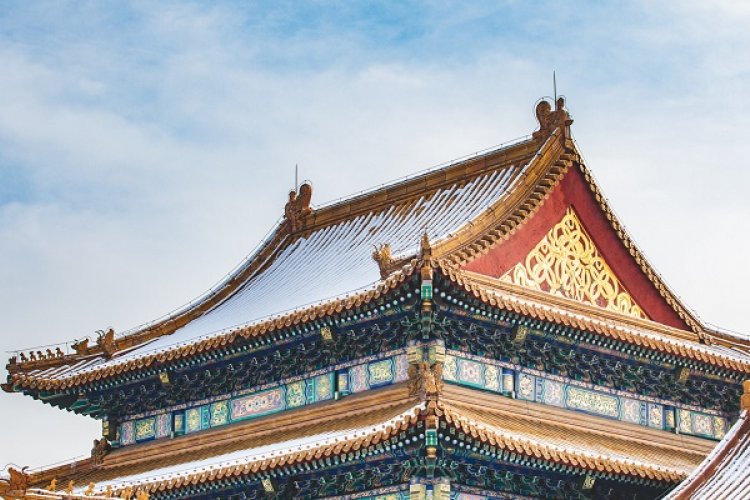May Was the Best Month on Record for Beijing's Air
Look up into Beijing's sky recently and see something unusual? Yes, those are clouds against the backdrop of a blue, blue sky: puffy ones, streaky ones, rippling ones, rolling ones. And you're seeing them because the layer of smog that usually obscures such sights is becoming increasingly rare in the capital, long known for its notoriously bad air.
Yep, you read it here, air quality skeptics -- Beijing just had its best month of air quality since the advent of sophisticated monitoring that started in 2013.
The average concentration of PM2.5 in May was 20 micrograms per cubic meters, a dramatic improvement over last year's annual average of 37.5. If Beijing were to sustain this level for a year, it would be enough to drop its ignoble ranking of 2020’s 14th worst of 92 world capital cities all the way down to 38th, according to data compiled by IQAir.
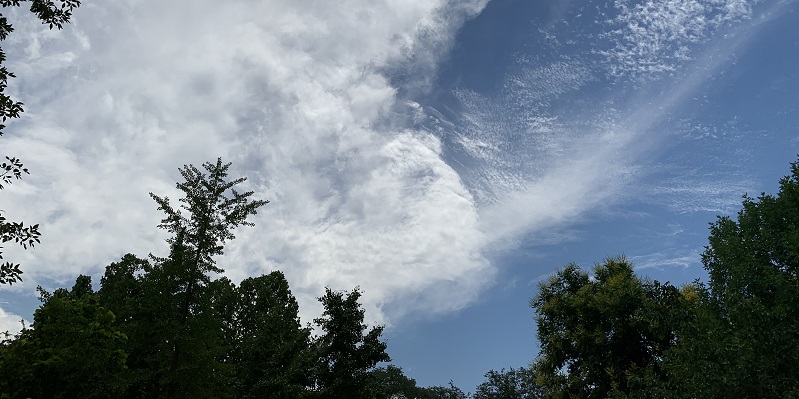
And that's not all ladies and gentlemen: three other bugbears of bad air -- sulfur dioxide, PM10 and nitrogen dioxide -- also hit record lows, according to city government reports.
May's glorious run featured 23 days categorized as "Excellent", nearly 3 out of every 4 days of the month.
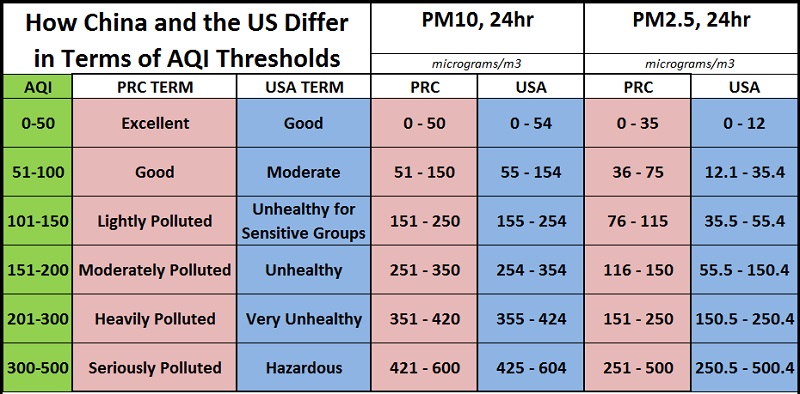
The great air is part policy and part good luck, as Xinhua indicates in its report. Favorable meterological conditions -- aka we had lots of wind and rain in May -- contributed to the record low readings, but in reality it's not just the weather: the city has been on a slow but steady campaign to eliminate sources of pollution for over a decade now. According to the city government's news office, Beijing has been hard at work at continuing to reduce the sources of pollution this year.
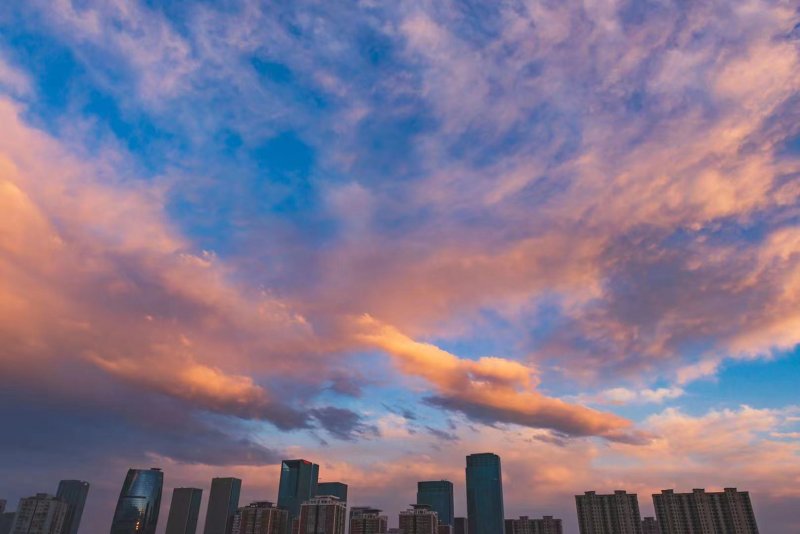
Since January, 80,000 high emission vehicles have been eliminated from the roads, while the use of new energy vehicles and the construction of EV charging stations has seen significant growth. In addition, various policies have continued to target factory emissions and construction dust to reduce the creation of particulate matter at its source.
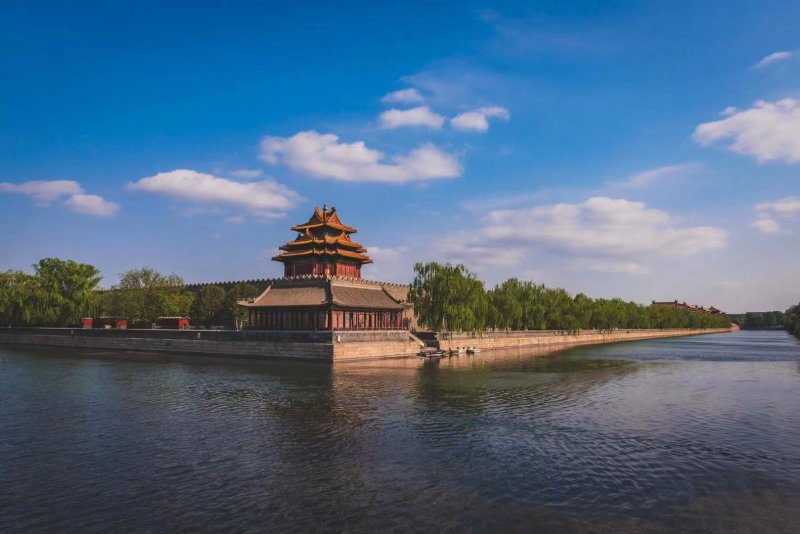
For the record, the first five months of the year have been OK but not magnificent in terms of PM 2.5, averaging 46 micrograms per cubic meter, which puts it behind last year's overall average -- so we have a ways to go if we're going to follow the continuous path of annual air quality improvement we've seen every year since 2014.
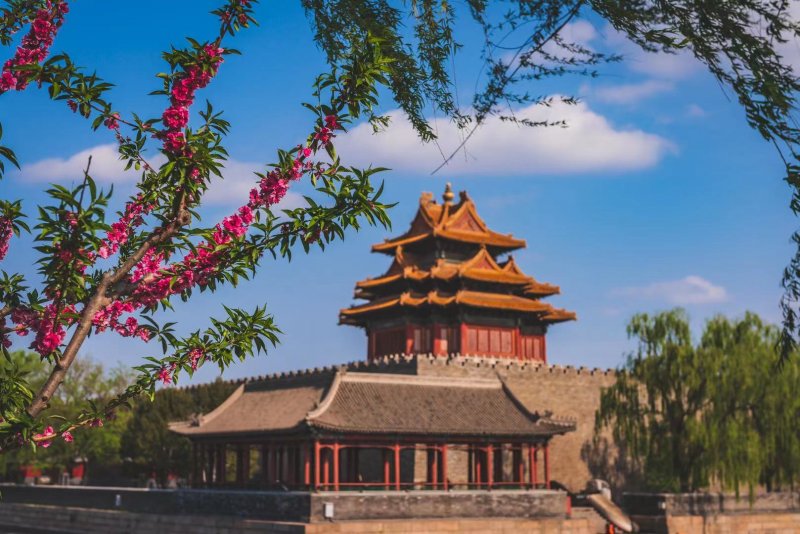
The PM 2.5 density so far this year has been fairly consistent across all of Beijing's districts, ranging from a low of 42 (Yanqing) to a three-way tie for worst -- 49 micrograms per cubic meter -- between Xicheng, Fangshan and Tongzhou. Chaoyang, the sprawling district where most of Beijing's expats spend their time, averaged 48.
So let's enjoy it while it's here! Below are a few more pics of Beijing's recent blue skies.
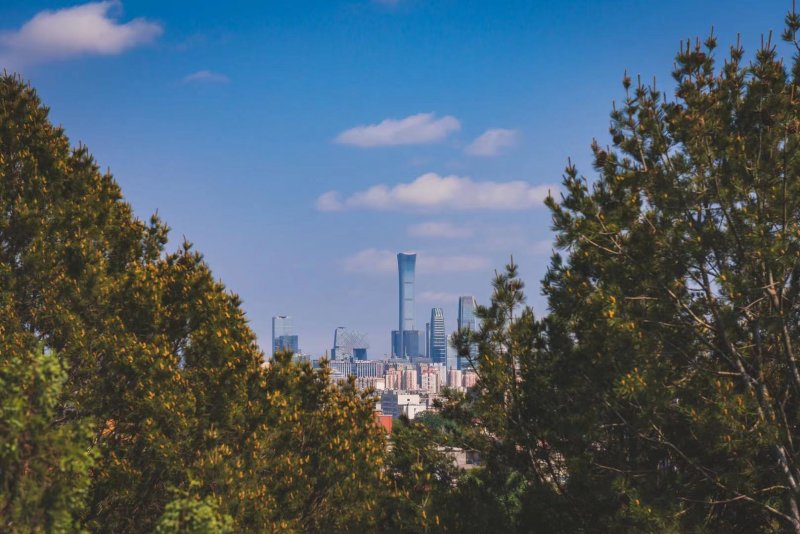


READ: Beicology: Plastic in your Poo and More Beijing Plastic News
Images: Julie Wolf, Uni You

